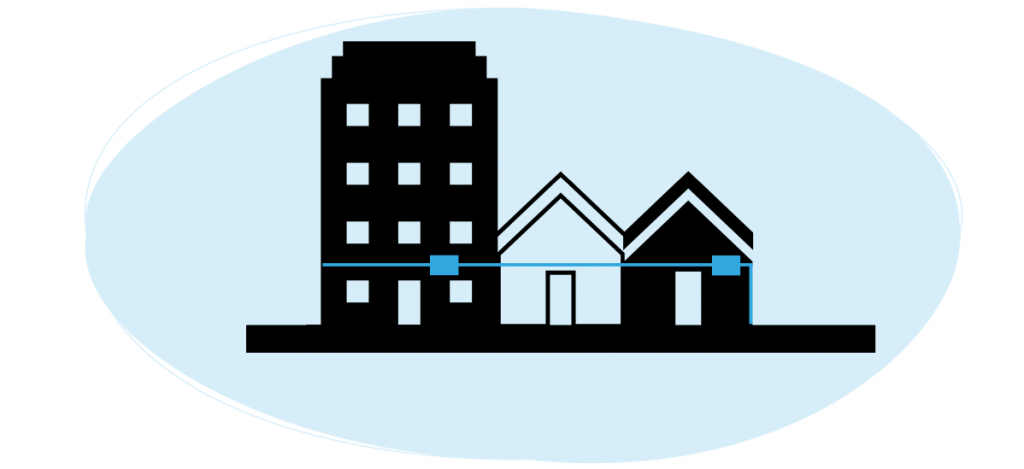Any company that wants to offer publicly available electronic communications services or public electronic communications networks has to notify the BIPT in the sense of the Act of 13 June 2005 on electronic communications (Art. 9 ECA). The list of registered telecom operators can be found here. A telecom operator’s obligations are explained more generally on this page of the BIPT website.
Being registered as an operator not only entails obligations, but also certain rights.

First of all there is the right to use the public domain and properties. This is regulated in the Act of 21 March 1991 on the reform of certain public economic companies (abbreviated here as APC). Art. 97 APC provides that any operator is entitled to use the public domain and properties to lay cables, overhead lines and corresponding equipment and to carry out all necessary work upon these. This work includes anything necessary for the maintenance, alteration, repair, removal and supervision of cables, overhead lines and corresponding equipment.
The cables, overhead lines and corresponding equipment installed remain the property of the operator.
Furthermore, Art. 98 APC provides that all operators can enjoy that right of use of the public domain free of charge. Moreover, every operator disposes, free of charge, of a right of way for cables, overhead lines and corresponding equipment on public or private building sites, that are laid on public domain.
The government has the right to have the layout or the plan of deployment changed in view of work that it wishes to carry out on the public domain. The operator should be informed by registered letter no later than two months before the start of the work. If this change causes costs for the operator, they are at the operator's expense, save for a few exceptions.

In addition, operators are entitled to install cables free of charge on façades of houses and to span properties in order to roll out their networks (Art. 99 APC). The operators’ right to use façades is explained in detail on this page. Therefore, in principle, the owner of the building cannot refuse the installation itself. The same goes for maintenance of those cables.
The right to install cables on façades applies to any operator and, in principle, cannot be refused unless, for example, the building is listed and specific rules apply. Thus, the mere fact that another operator has already rolled out fibre against façades cannot be used to refuse a new roll-out.
Nevertheless, operators have to inform the owner of the building beforehand about where and how the work will be carried out. Moreover, the owner of the building has the right to object if he has not received enough information or does not agree to the proposed manner of execution. In that case the operator has to try to reach an agreement after all.
In case of persistent disagreement, the operator has to send a registered letter to the owner of the building clearly describing the planned location and manner of execution of the work. The proprietor can object against this before the BIPT. The objection should be made within eight days following the receipt of the registered letter from the operator and should be motivated. The consequence is that the operator cannot continue with his plans until the BIPT has taken a decision.
Here too, the principle applies that if the owner of the building wants to carry out work at a later time whereby the cabling has to be moved, he has to inform the operator two months before the start of the work by registered letter (however, the work must not purely aim at doing just that). In that case the costs for moving the cables are borne by the operator.
With regard to a specific telecom connection the installation of cables in, against and on buildings and in or on associated grounds should be allowed by the owner, unless he is prepared to bear the extra costs of a counterproposal (Article 100 APC).
When the installation or maintenance of cables is impeded by branches or roots on private property, the owner has to cut them back at the operator's request. The costs are borne by the owner if the cables are situated in or above the public domain, or in or above his private property and are useful for his connection (Article 101 APC).